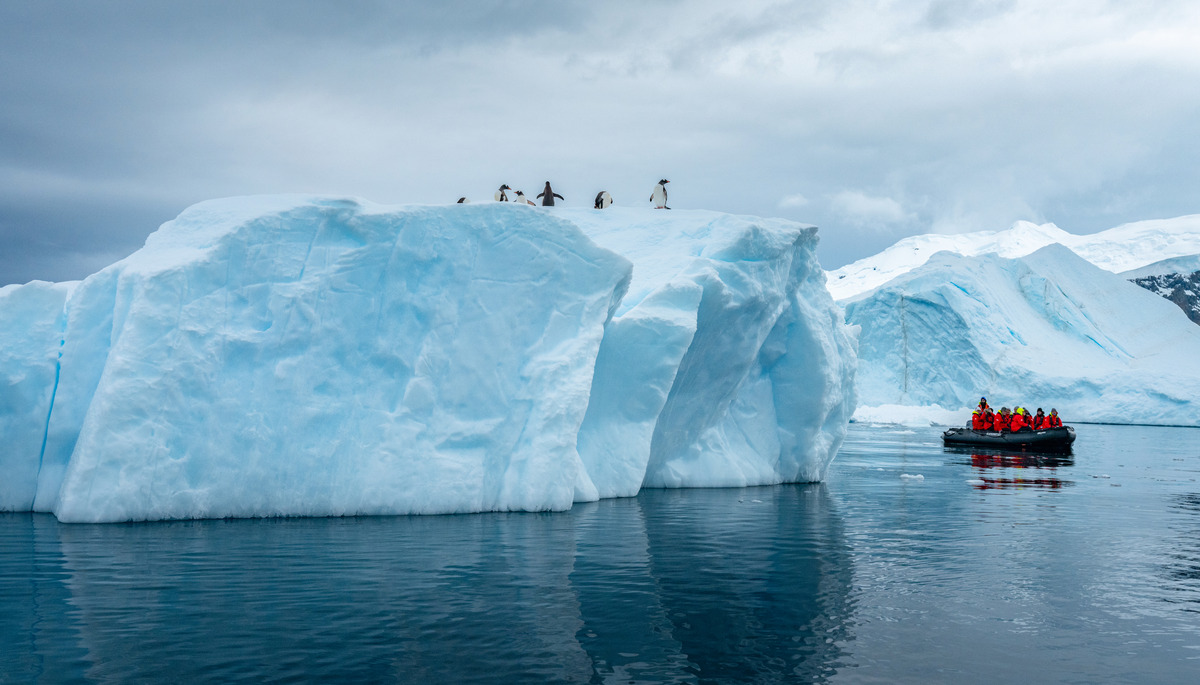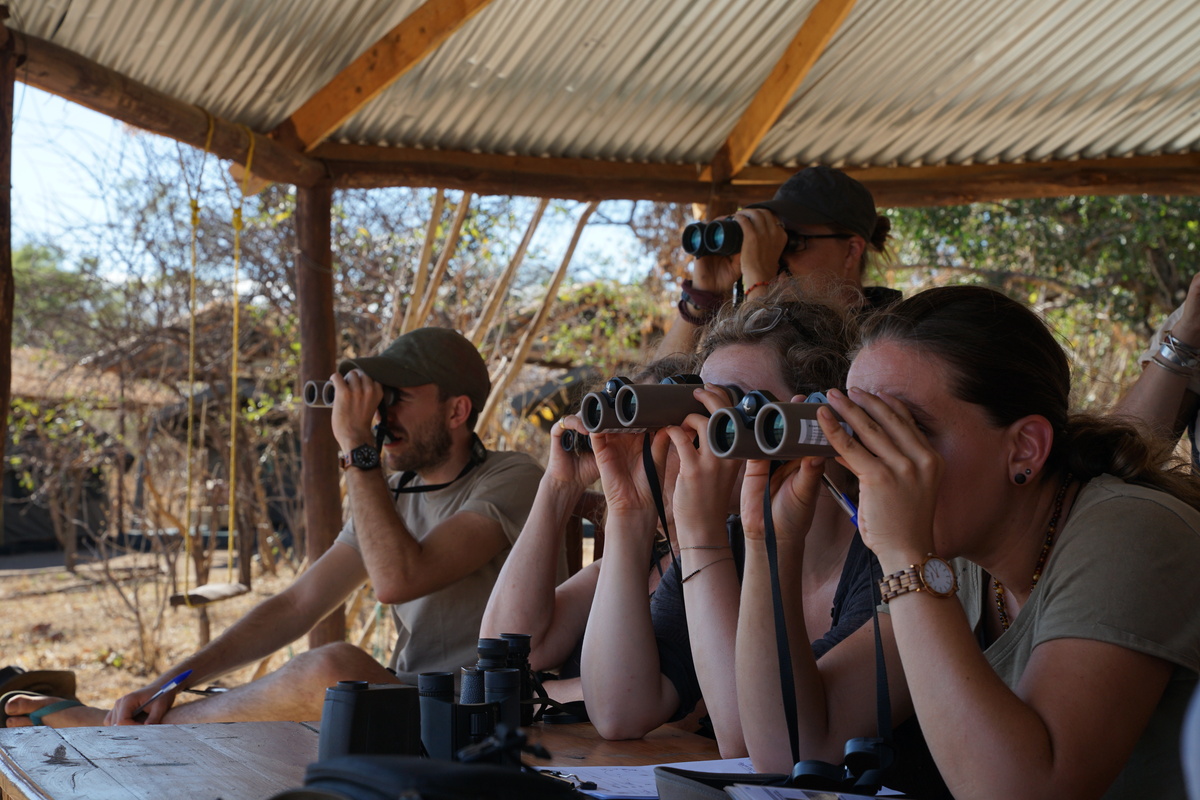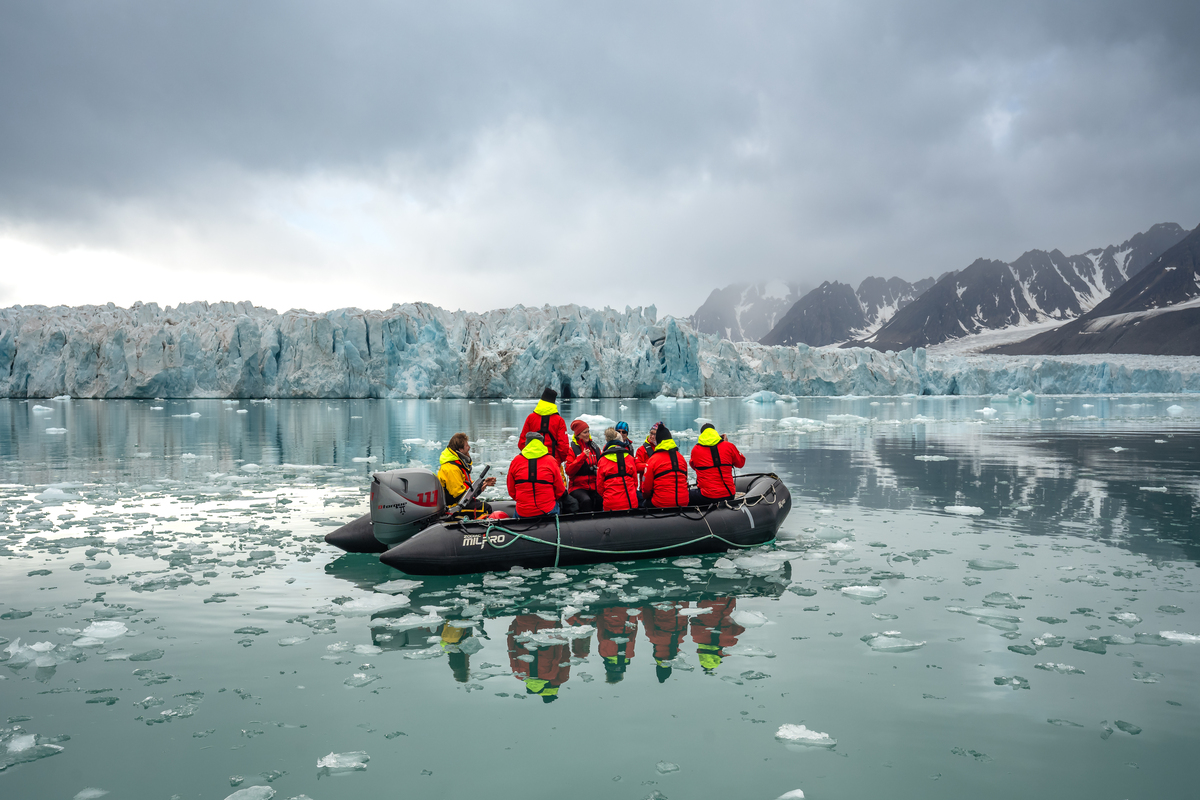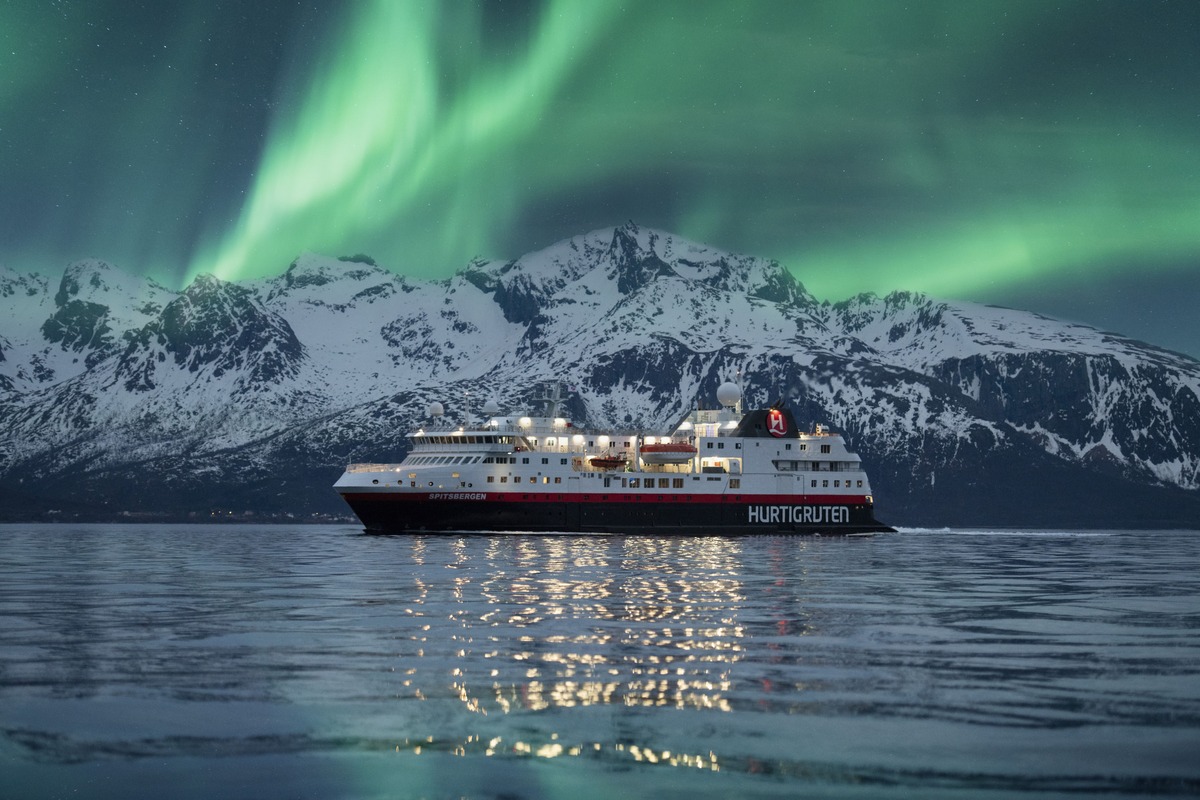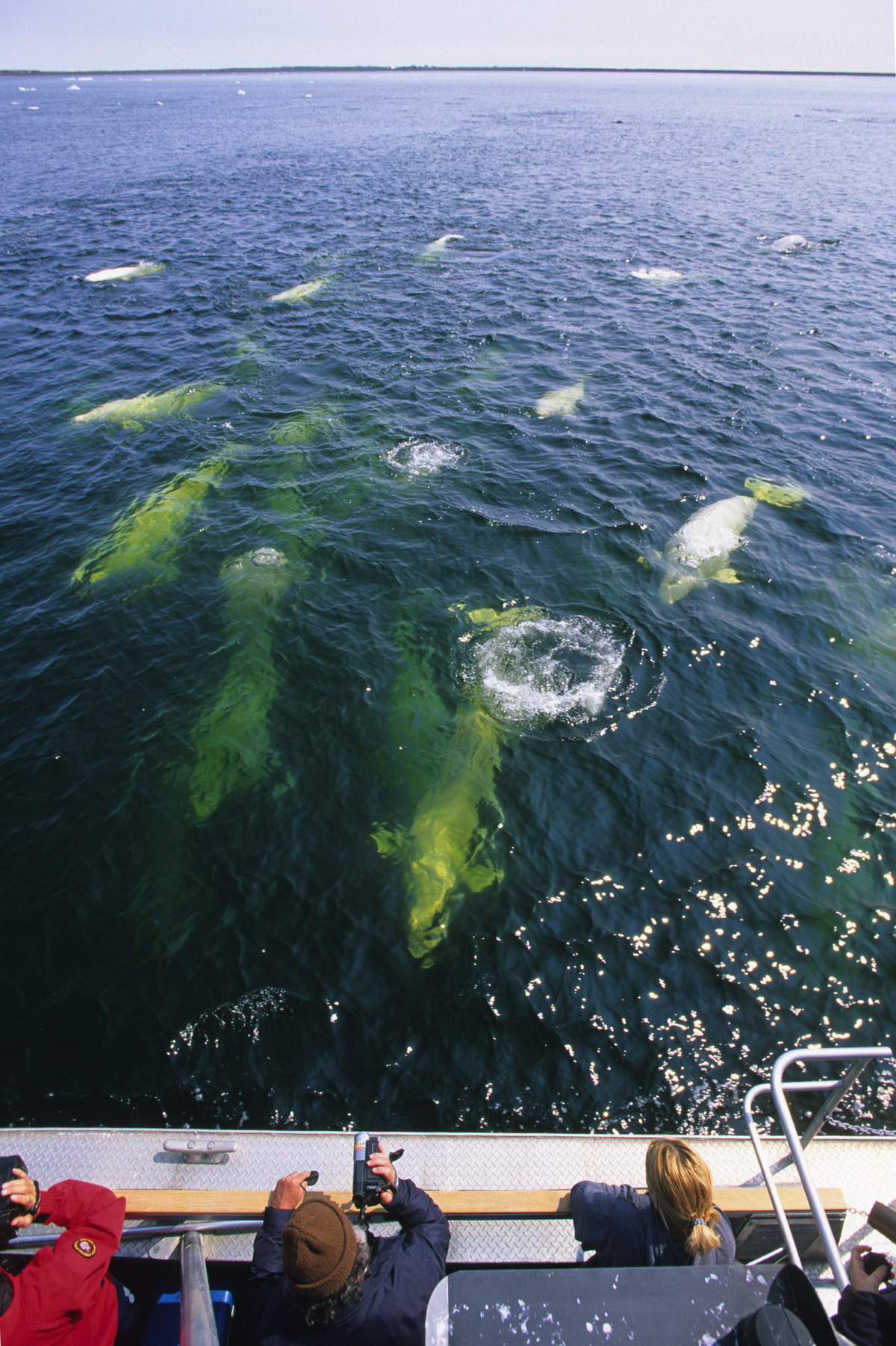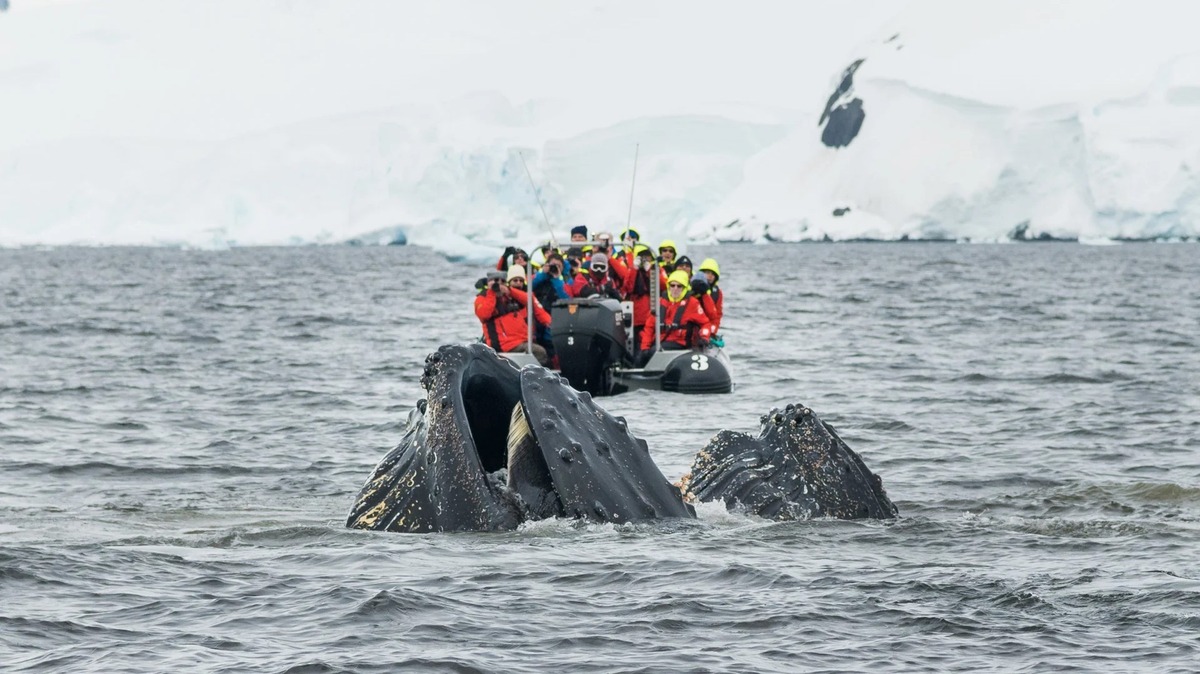A growing concern in tourism is the environmental impact that tour companies have on the natural environment. The ecological impact of flights, ships and hotels is not insignificant, and this growing focus is forcing many tourism businesses to accept responsibility for their presence in the landscapes in which they operate and conduct themselves more sustainably. Accountability comes in many forms, some more honest and efficacious than others, and while market forces can move the needle on company engagements, it is ultimately the demand from tourists themselves that spurs action. One rising request is for travelers themselves to be actively involved in the changes companies enact, to use their leisure as a force for good, and to give something back into the environments—often precious, fragile environments—in which they happen to be touring.
Several travel companies have enacted “citizen science” programs, in which guests are provided the opportunity on their journeys to collect data and information that can be used by scientific bodies to make larger observations about the natural world and the impacts of climate change. Whether it be photographs of birds in the Amazon and whales in Antarctica, collecting water samples on walking tours, or recording animal sightings on African safaris, the information amassed by these citizen scientists—whose numbers can be in the tens of thousands every year—can provide significant material for researchers around the world.
HX Hurtigruten Expedition is one company that has put citizen science at the forefront of its offerings on trips to Antarctica, Norway, Alaska, Greenland and Patagonia. Recently onboard MS Fridtjof Nansen, HX’s Chief Scientist Dr. Verena Meraldi said, “People want to have made a difference when they go back home. They want to give back.” Hurtigruten works on some twenty citizen science projects in conjunction with universities worldwide, and travelers aboard HX ships have the opportunity to contribute to global initiatives like iNaturalist, Southern Ocean Seabird Surveys and NASA’s global cloud observation study. “We provide the means and tools to accomplish these scientific projects.” HX CEO Gebhard Rainer said, “Travelers can monitor their own contributions.” Over the 2023/24 season, HX guests contributed over 23,000 data points to these projects. There are several citizen science apps that HX encourages guests to download before embarking on an expedition. ORCA, eBird, iNaturalist and the NASA Globe Cloud Observer are all apps that allow travelers to log observations—species, location of sightings and meteorological notes, to help scientists create a database of animal migratory patterns and population statistics.
The Fridtjof Nansen, like all the ships in the HX fleet, contains plenty of high-tech equipment as part of its Science Center, including microscopes, underwater probes and a Science Boat that is used to collect samples for third-party research. “We are part of the largest water sample collection project in the world,” Dr. Meraldi said, referencing the work HX does across the Pacific, Atlantic and Antarctic oceans. Third party scientists often hitch a ride aboard HX ships, and over 1,800 cruise nights have been given away to help scientists reach their research locations across the globe. In return, these scientists often provide lectures and demonstrations onboard.
Natural Habitat Adventures is another company that provides its guests the opportunity to contribute to scientific research projects. The official tourism partner of the World Wildlife Foundation, Natural Habitat Adventures emphasizes carbon-neutral travel and community engagement alongside conservation in each of the locations it visits. Its largest Citizen Science contribution to date has been through Beluga Bits, a program operated by the Assiniboine Park Zoo in Winnipeg, Canada. Because of their sleek white bodies, beluga whales are particularly difficult to distinguish from one another. When the whales enter the Churchill River in Northern Manitoba each summer, photographs and video footage captured—including those by visiting tourists—are vital in creating a database of individuals for tracking and health monitoring purposes. On Natural Habitat excursions to see the belugas in Churchill, guides encourage guests to upload their beluga footage to Beluga Bits, but also to contribute their time to doing some identification of their own.
Natural Habitat works closely with citizen scientists across the world, on their snow leopard expeditions, and in the Brazilian Pantanal. Abbie Martin, founder of the Jaguar ID Project, said recently during a Natural Habitat seminar that the many eyes that citizen scientists contribute during their visits to the region have greatly contributed to her studies on jaguar populations. “These photos, videos and observations help us track population, and without them we’d be missing a lot.”
Similarly, Dr. Matthias Hammer, founder and executive director of Biosphere Expeditions, says, “The benefit of Marine Citizen Science is evident in achievements from our expeditions around the world. The work of our citizen scientists has been paramount to research, conservation, education and empowerment in a showcase of citizen science’s democratising effect and creating win-win-win situations for nature, wildlife and local communities.” For Biosphere Expeditions, an NGO at the forefront of combining travel with conservation efforts, citizen scientist contributions have aided in protecting marine waters off Oman, setting observation records for whales off the coast of the Azores Archipelago, recording rare bird sightings in Dubai.
In early 2024, camera traps placed by Biosphere Expedition citizen scientists in Malawi’s Vwaza Marsh Wildlife Reserve captured rare footage of African wild dogs—the first such sighting in thirteen years. Hammer said, “This shows once again the powers of citizen science. These camera traps would not have been out in the field had it not been for our citizen scientists placing and maintaining them or making the whole research expedition possible through the manpower and funding they provide.”
How to “give back” when traveling isn’t always straightforward or clear. However, by engaging with scientifically-minded companies, and donating a little bit of time, one’s vacation time can reap benefits that will be felt for generations to come.


